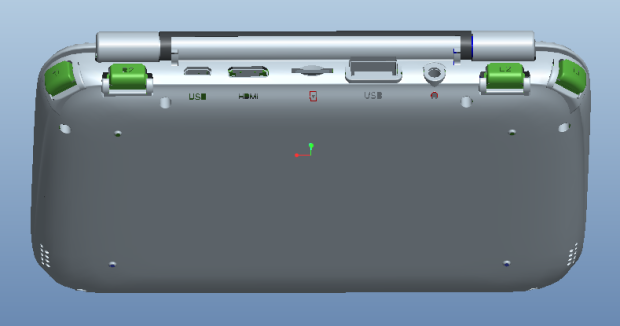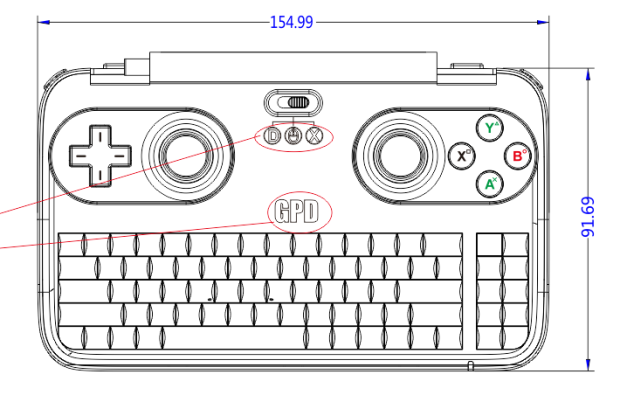Air vents don't do much (afair, the temperature difference of a PCB inside a case and outside a case was about 1-2C after running for 40 minutes).Well, every little bit helps for sure.Of course it also needs working power-saving features to reduce the heat of such an SoC over a longer time period. But more time to heat up may be also good for stuff that does not stress the CPU for a to long time. Of course you will need air vents to get rid of the heat. A passive heat-pipe seems also almost mandatory, should work better than a simple sheet of metal.
I'm sure, future (and more powerful ) devices like Pyra & Co. will need at least a metal case. Modern Smart Phones benefit alot from this, even without a active Fan. And these Phones are already much faster than the OMAP5. AFAIK the new iPhone SoC's are real beasts.
You need to actively fan the air out.
The problem is not with power saving. On normal use, the Pyra stays below 35 degrees, the problem is when you are doing demanding things.
Like PS2 emulation or modern games. When the CPU is fully being used, there's nothing that can be saved.
So even if it runs playable, after 20 - 30 minutes, the heat will cause an issue, regardless how big your heat sink is. Unless you use a fan to blow it out.
Of course, demanding is relative. The OMAP5 at stock speed is a lot faster than the Pandora, and what is demanding on the Pandora is not demanding at all on the Pyra. So it can provide a lot more cpu power without overheating. Same for the GPD Win.
But there will be apps and games that will need a lot of processing power... and therefore produce a lot of heat.
The difference between older SoCs (OMAP3 and the likes) and current ones is that the older ones were designed to not overheat even when running in full power for a longer period of time, whereas todays SoCs are designed to not overheat with standard tasks but can't run with full power for a longer period of time.
That's really useful, if you are using a webbrowser, for example, the SoC can run in full power mode for a couple of seconds to render the page and it won't overheat.
The system feels a lot faster that way and heat is not an issue.
However, I'd say that NO SoC that's as powerful or more powerful than the A15 can run on full speed for a longer period of time without getting really warm.




